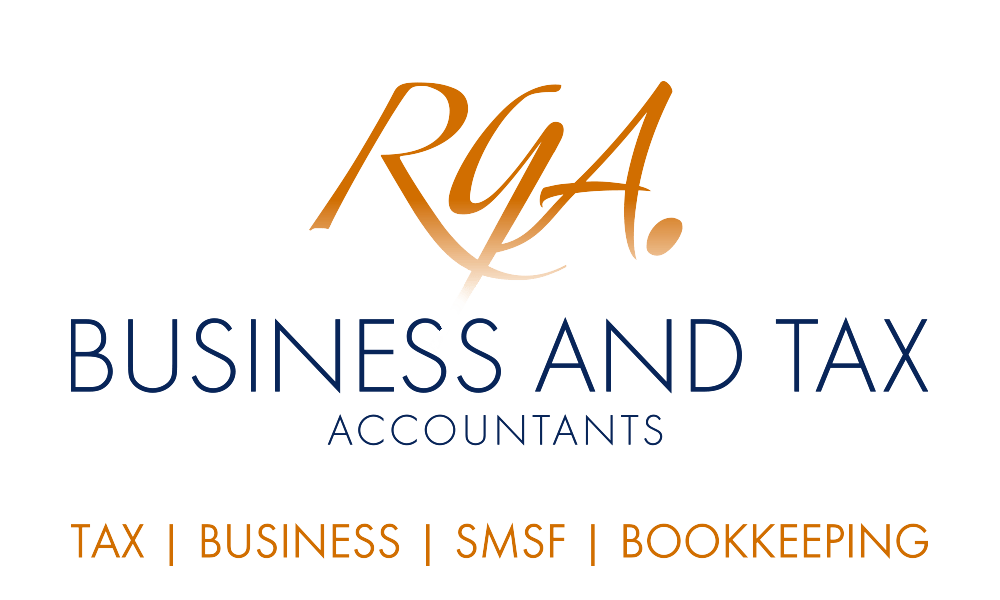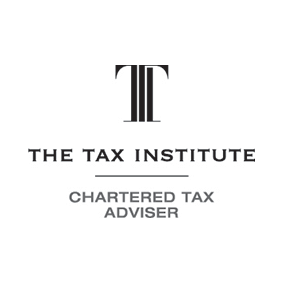The ATO has recently highlighted the top three compliance breaches it sees among SMSFs – a helpful insight into the areas that are frequently tripping up SMSF trustees. The ATO says it will work with cooperative trustees to help them rectify breaches and get their fund back on track. But even with the best intentions, fixing these problems can be expensive, time-consuming and stressful. Our handy list of the top three compliance traps will help you avoid these headaches.
Loans or financial assistance to members (21.1%)
SMSFs may not lend money, or provide other "financial assistance", to a member of the fund or a relative of a member. This sounds like a simple enough rule, but it's not just loans of money (both documented and undocumented) that fall foul of this restriction – giving "financial assistance" is a broad concept and the ATO interprets this to include scenarios such as:
- selling an asset to a member or relative below market value, or purchasing an asset above market value;
- paying for services performed by a member or relative in excess of what the SMSF requires (or paying inflated prices for such services); and
- financial assistance provided indirectly, eg where an SMSF enters into an arrangement with another entity who in turn provides financial assistance to an SMSF member or their relative.
- Members facing personal financial difficulties may be tempted to skew the terms of an SMSF arrangement to benefit themselves personally. If you are experiencing financial stress, seek advice about your options (including whether you may be able to validly access your superannuation benefits on financial hardship or compassionate grounds).
In-house assets (18.7%)
The in-house asset (IHA) rules limit the amount that SMSFs can invest in arrangements controlled by related parties. There are three types of IHAs:
- a loan to a related entity (eg a loan to the members' family trust);
- an investment in a related company or trust (eg buying shares or units in a company or unit trust that the members or their associates control); and
- an asset of the fund (other than commercial property) leased to a related entity.
- SMSFs are not permitted to hold IHAs worth more than 5% of the fund's assets. This means SMSFs must have no or very minimal IHAs.
The rules here, including certain exceptions that apply, can be quite technical. In particular, the rules regarding when a person or entity (such as a company or trust) is "related" to the SMSF are broader than some trustees might imagine.
The key is to seek professional advice before transacting with any party that is, or could be, related. If you later discover your fund has an IHA issue, at a minimum you will need to dispose of the problem investments.
Failure to keep personal assets separate from the SMSF (12.8%)
SMSF trustees must keep the fund's money and assets separate from those the trustees own personally. This means cash should be kept in a separate bank account in the fund's name, and the fund's ownership of assets (eg property and shares) must be carefully registered.
Appointing a company as trustee of the SMSF that is used solely to act as the trustee of that fund is a great practical step to ensure compliance with this rule.
Stay off the ATO's radar
Proactive planning is the best way to ensure your SMSF investments are compliant and your retirement savings are secure. Contact us for expert advice. We can refer you to a licenced financial planner for investment advice on your SMSF's proposed investments.










